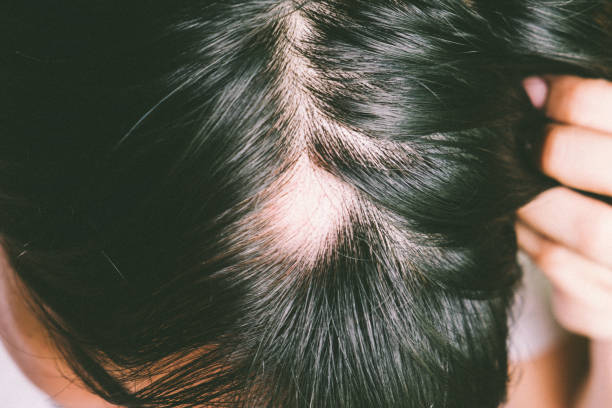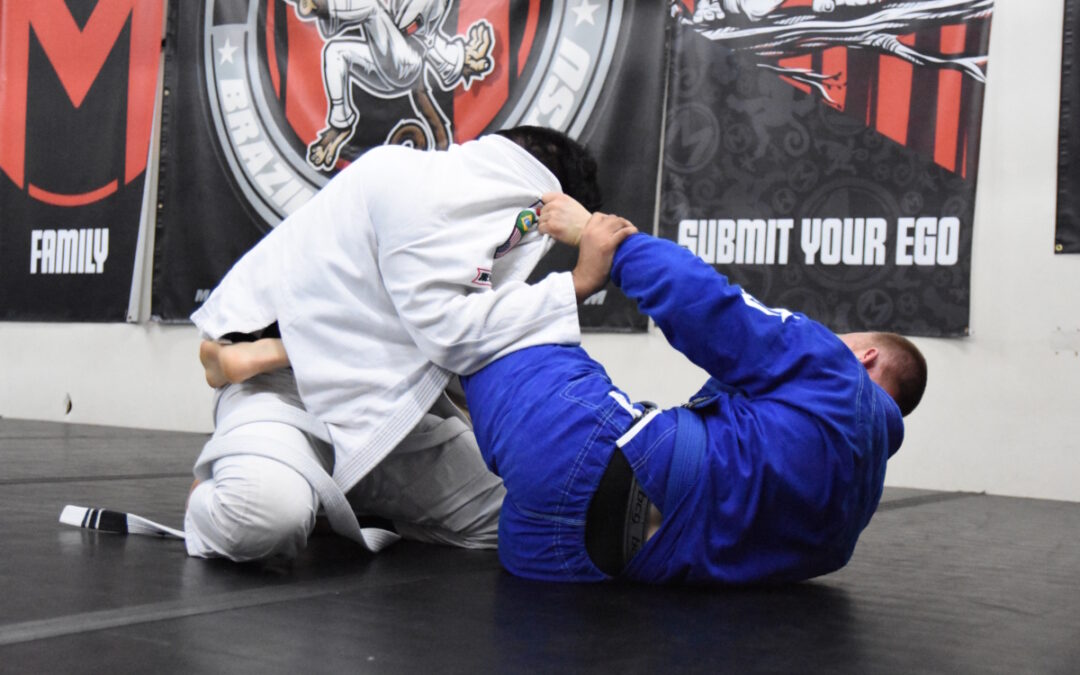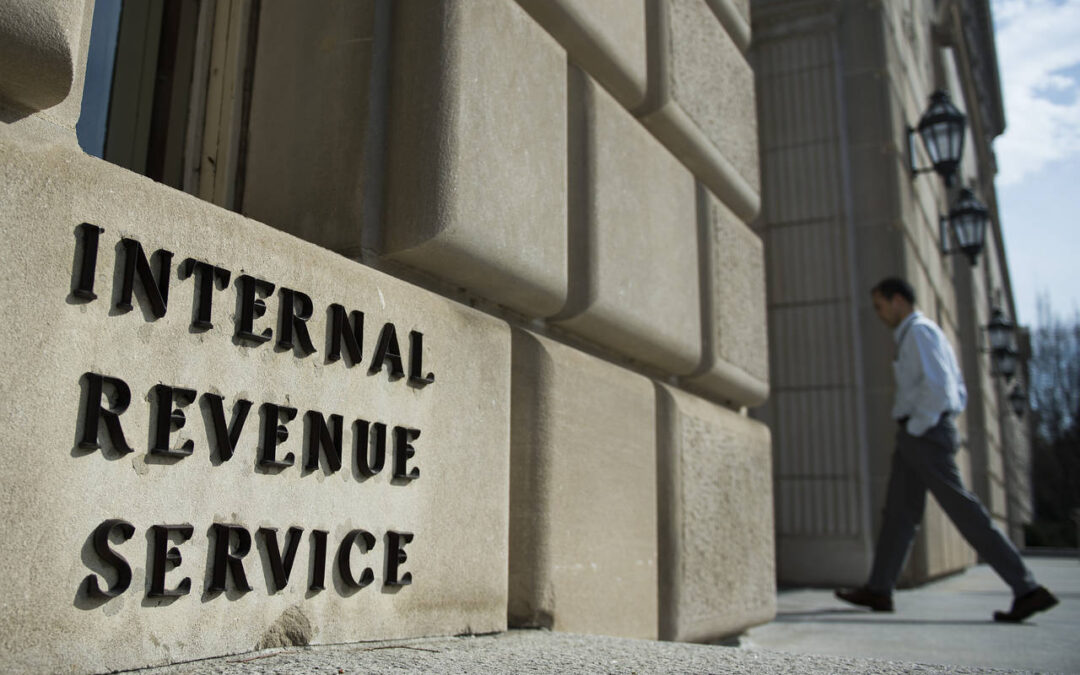Alopecia areata is a common autoimmune disorder that causes unpredictable hair loss, often appearing suddenly in round patches on the scalp or other parts of the body. This condition can be emotionally distressing, impacting self-esteem and quality of life. Many individuals seeking effective solutions ask whether Alopecia Areata Treatment in Abu Dhabi or elsewhere delivers quick results. Understanding how these treatments work, their expected timelines, and what factors influence their effectiveness is crucial for anyone considering intervention.
Understanding Alopecia Areata and Its Impact
What Is Alopecia Areata?
Alopecia areata is an autoimmune condition where the immune system mistakenly attacks hair follicles, leading to hair loss. It typically manifests as well-defined patches of baldness but can progress to more extensive hair loss or total scalp hair loss (alopecia totalis). The condition can affect people of all ages, though it is more common in young adults.
Psychological and Emotional Effects
The sudden appearance of hair loss can be distressing, often leading to feelings of embarrassment, anxiety, and even depression. The unpredictability of the condition adds to emotional stress, making prompt and effective treatment a priority for many patients.
The Goals of Alopecia Areata Treatment
The primary aim of alopecia areata treatment is to promote hair regrowth, maintain existing hair, and prevent further hair loss. While complete cure remains elusive in some cases, many treatments focus on stimulating hair follicles and modulating the immune response. Achieving visible results quickly is often desirable, but it’s essential to understand that individual responses vary.
Do Alopecia Areata Treatments Work Fast?
The Myth of Rapid Results
Many patients hope for rapid hair regrowth, especially when the condition is recent. However, alopecia areata treatments typically require patience, as hair follicles need time to recover and produce hair again. Alopecia Treatment in Abu Dhabi and globally can show promising results, but the timeline varies based on several factors.
Factors Influencing Treatment Speed
- Extent of Hair Loss: Smaller patches tend to respond faster than extensive or total scalp hair loss.
- Type of Treatment: Topical corticosteroids, immunotherapy, or other modalities have different response times.
- Individual Immune Response: The body’s immune modulation ability affects how quickly hair regrows.
- Consistency of Treatment: Regular application and adherence significantly influence outcomes.
- Overall Health and Hair Growth Cycle: Nutritional status and hair cycle phases also impact regrowth speed.
Typical Timeframes for Visible Results
Most treatments may start showing signs of hair regrowth within 4 to 8 weeks of consistent therapy. However, for some individuals, noticeable improvement might take several months. It’s essential to have realistic expectations and maintain patience throughout the process.
Common Treatment Options and Their Timelines
Corticosteroid Therapy
Topical or local corticosteroids are often used to suppress inflammation and immune activity around hair follicles. Many patients observe initial signs of hair regrowth within a few weeks to months.
Immunotherapy
Contact immunotherapy involves applying chemicals to provoke an allergic reaction, which can sometimes stimulate hair regrowth. Results can vary, but some patients see changes within a few months.
Minoxidil and Other Topical Agents
Over-the-counter or prescription topical treatments may promote hair growth over time, often requiring several months before noticeable effects.
Systemic Treatments
In more severe cases, systemic therapies like immunosuppressants may be prescribed, with timelines ranging from a few months to longer periods before results become visible.
Emerging and Alternative Treatments
Recent advances include platelet-rich plasma (PRP) therapy and laser treatments, which have shown promise in accelerating hair regrowth timelines for some patients.
Managing Expectations and Ensuring Optimal Results
Importance of Early Intervention
Starting treatment early after noticing hair loss can improve the likelihood of faster and more complete regrowth. Delayed treatment may lead to more persistent hair loss and longer recovery times.
Consistency and Follow-Up
Adherence to prescribed therapies and regular follow-up appointments are vital for monitoring progress and making necessary adjustments. Consistent use of treatments increases the chances of achieving quicker results.
Lifestyle and Supportive Measures
Maintaining a healthy diet, managing stress, and avoiding hair trauma can support treatment effectiveness and facilitate faster hair regrowth.
Holistic Approach to Alopecia Areata
Psychological Support
Counseling and support groups can help manage the emotional impact of hair loss, improving overall well-being during treatment.
Complementary Therapies
Some patients explore natural remedies or alternative therapies to complement medical treatments, although their efficacy varies.
Patience as a Key Element
While rapid results are desirable, understanding that alopecia areata treatment often takes time helps set realistic expectations. Patience and perseverance are essential for successful outcomes.
Final Thoughts
While some patients experience early signs of hair regrowth within weeks, the overall timeline for noticeable and sustained results often spans several months. The effectiveness and speed of Alopecia Areata Treatment Abu Dhabi or elsewhere depend on individual factors, including the severity of hair loss, chosen treatment modality, and adherence to therapy. Consulting a qualified specialist can help tailor a treatment plan suited to individual needs, optimizing the chances of quicker and more effective results.







0 Comments